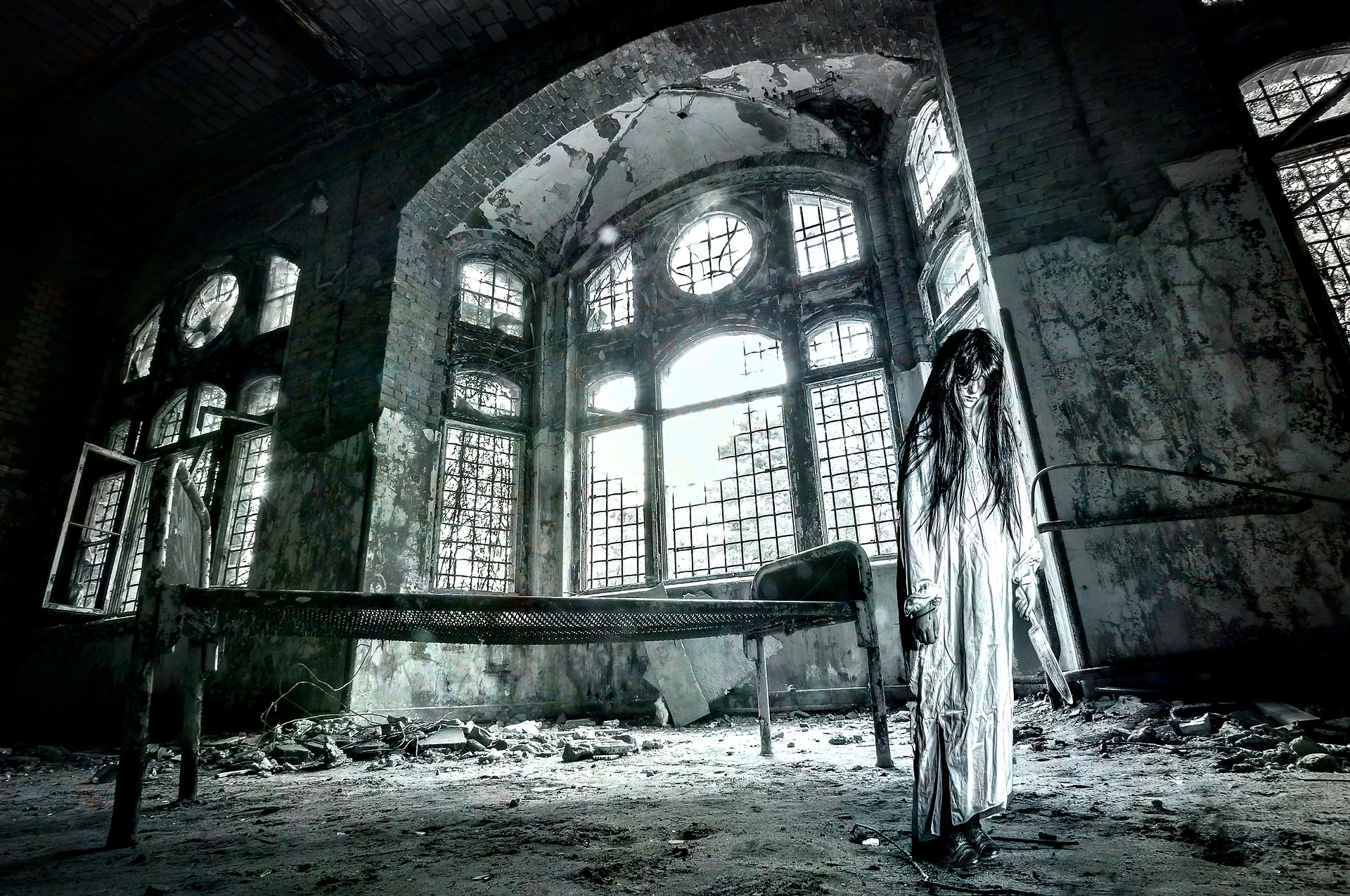
13 Ways to Make Your Readers Scream
Words By Jazzmin Joya, Art By Catharina
What do all great horror novels have in common? The ability to make a reader squirm in their seat, complex characters who constantly keep you on your toes, and (oftentimes) graphic imagery hinting at the scares to come. From the supernatural like Mexican Gothic to mysteries like Murder on the Orient Express, these horror novels (and many more) feature a nature of suspense capable of drawing readers in. Even as a horror enthusiast, I struggle to employ the same element in my writing. For writers looking to ramp up their horror, consider this list of 13 tips to make your readers scream.
1. Read, Read, Read
While this advice may seem tired and used, it’s true. The best way to step into new avenues of writing is by reading similar works in the genre. Reading allows you to see how other authors write horror to study their techniques and style.
2. Understand What Scares You
When was the last time a horror novel really spooked you? Was it a sudden murder? A supernatural character? A mist that kills? If something scares you, chances are it’ll scare your reader, too. One of the best things writers can do is utilize what they know best (see Rule 1). Reflect on what unnerves you to help develop an even scarier experience for your audience.
3. Know Your Villains
Understanding your characters and, most importantly, your antagonist is essential to the genre. Horror has a huge range of potential for villains: ghosts, serial killers, a trusted friend, and more. But for readers to fear your villain, you, as the writer, need to fully develop and understand the character. Analyze your villain’s motive, their drive, and what they desire above all. Try stepping into the shoes of your villain, think method acting.
Still unsure of how to approach writing a believable villain? Consider these articles: 4 Truly Memorable Antagonists in Fiction (& How Their Complexity Makes Them Work) and The Villains’ Voices: 4 Main Types of Antagonists.
4. Worldbuilding and Setting
Setting and atmosphere can greatly enhance an audience’s sense of suspense. From the opening scene, try adding some dark ambiance to draw readers in and set the story. Maybe add a creepy neighbor in the new apartment building your protagonist just moved into or a mysterious doll that appears out of nowhere.
5. Establish Emotional and Physical Stakes
With any piece of fiction, the characters need to experience high stakes. These risks are what keep readers on the edge of their seats. They also keep them interested and invested. Reminding your readers of what could be lost is a great way to elevate suspense and create memorable characters they’ll want to root for.
6. Add Some Twists and Red Herrings
Mystery is an amazing element to consider incorporating because it helps keep your readers guessing until the final reveal. The best way to throw someone off is through twists and turns. A helpful way to do this is through red herrings. If you’re unfamiliar, a red herring is a common plot device used to mislead the readers or the characters in the story as was famously done in Conan Doyle’s The Hound of the Baskervilles. It’s a fun way to keep readers engaged, but also shock them at the end.
7. Use and Rework Common Tropes
Horror features many noteworthy tropes, like the final girl or the last scare. For many horror enthusiasts, these tropes keep them engaged with the genre. It also has potential to give readers something to look forward to. Not only that, but it adds to the anticipation. So, while it may be intimidating, don’t be afraid to incorporate beloved tropes, like characters splitting up, a hidden entryway, or a dramatic rainstorm. Figure out a way to add a unique spin to really make it your own.
8. Find Your Pacing
The best thing to do for any story (not just horror) is to find the pacing. A wonderful thing about horror is how authors typically structure the story and intentionally pace their stories to make the most of suspense. It’s crucial for building tension and adding to a nail-biting plot.
9. Dialogue is Your Friend
Dialogue is a story’s best friend. It can be used to help drive the story and establish pacing. It can also be an opportunity to hide red herrings and a tool for story or character building.
10. Don’t Always Settle for Shock Value
Sometimes, writers get so wrapped up trying to scare their readers they forget about the story. Of course, a horror story should scare its readers, but it can quickly become a part of a DNF list if it lacks dimension. Relying on shock value alone can oftentimes make the horror feel underdeveloped and result in a cheesy tale that isn’t as frightening as it could be.
11. Let The Story Drive
As a writer, I find it hard to let go of ideas that aren’t working because of how invested I become in them. As a result, I find it easier to go where the story takes me rather than fight against it. This leads me to exciting places and a better story overall. Don’t be afraid to kill your darlings, as William Faulkner says, and let your story take you to new, uncharted places.
12. Incorporate the Human Element
I normally gravitate toward horror that explores human complexities and incorporates psychological factors. Many memorable horror stories, like The Shining, include psychological elements and highlight human obsession, which helps add nail-biting horror. Deliberate what humans fear and what about being human is terrifying. Think about the last time someone made your skin crawl. Why? Did they say something to make your heart drop. Consider how to add those elements into your story.
13. Write, Write, Write
Another important tip I’m sure you’ve heard over a million times is to just write. The biggest way to get your story out to the world is by writing it down. No matter what, make time to get words in that journal, Word doc, or paragraph on your notes app. Just write!
If you’re ever struggling, check out some of our other amazing F(r)iction articles that can help with your writing process. We also have spookily incredible examples of pieces written by other writers in our issues.












